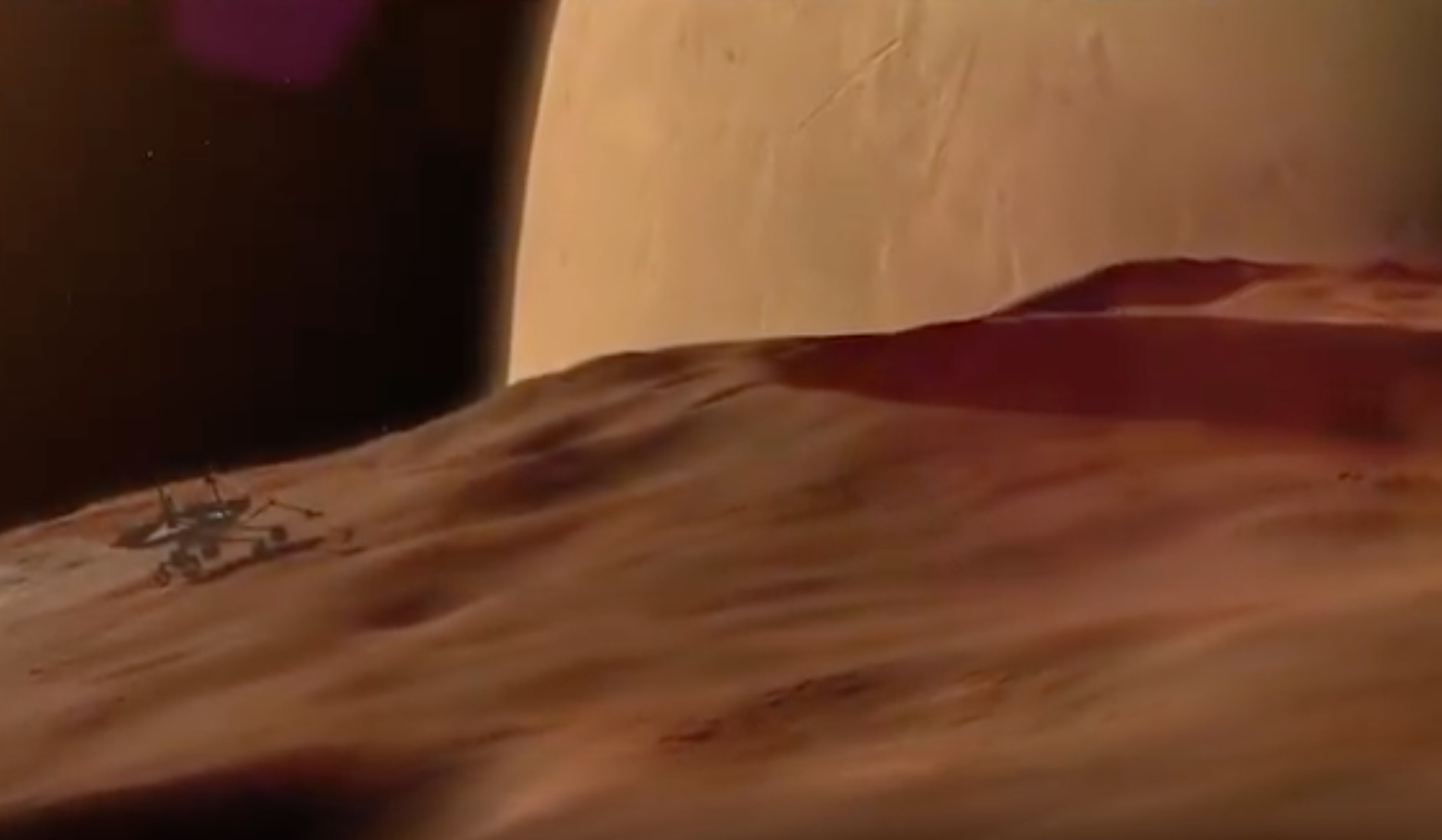Create a free profile to get unlimited access to exclusive videos, sweepstakes, and more!
NASA to send humans to Mars by 2033, after we return to the moon

NASA already wants us moonwalking (and not in the Michael Jackson sense) by 2024, and by pushing for the next lunar landing to happen sooner, the space agency is looking to use the moon as a launchpad for Mars — by 2033.
While an earlier proposed moon landing could be problematic, it looks like we’re going to be pushing even further than that in less time than NASA previously thought. That means the Lunar Gateway will have to be in orbit, and a lander ready for launch. The SLS needs to be alive to blast astronauts over there in the first place. Never mind the obvious issues of safety and sustainability here; NASA Administrator Jim Bridenstine is still shooting for the moon.
“We want to achieve a Mars landing by 2033,” Bridenstine said in a congressional hearing on Capitol Hill. "We can move up the Mars landing by moving up the moon landing. The moon is the proving ground."
While it is true that a 2017 NASA budget bill made 2033 the target date for a manned mission to the Red Planet, and NASA has even discussed the possibility of landing in the red dust by the 2030s, the push for humans on Mars by then has really taken off.
Why the space race? There are political undertones to this whole thing. NASA is responding to pressure from the current administration, specifically Vice President Mike Pence’s push for a return to the moon by 2024, the final year President Donald Trump will be in office if elected to a second term.
At least the moon is only a three-day journey away. With about 34 million miles ahead, a mission to Mars is going to take around six months of “are we there yet?” Not to mention two years to declare mission accomplished. You can only pull off a round trip every 26 months, when its position is on the same side of the sun as Earth’s, which explains why possible years could be 2031, 2033, 2035, and beyond.
“We have laid out a clear plan for NASA’s exploration campaign that cuts across three strategic areas: low-Earth orbit, the Moon, and Mars and deeper into space,” Bridenstine said at the fifth meeting of the National Space Council last month.
That all sounds ambitious, but both lawmakers and experts and nervous about this deadline. If we want a sustainable presence on the moon, especially if it’s going to be a way station to Mars, that entails more than just landing on the surface. Bridenstine wants to use lunar water ice as water, air and fuel that can support lunar and Martian missions.
Maybe we could make it, but creating a presence on the moon both safely and sustainably will give us the edge we need for Mars.
(via Phys.org)


























